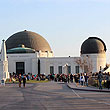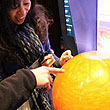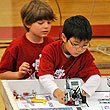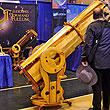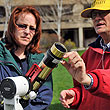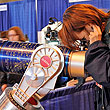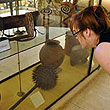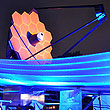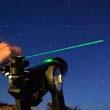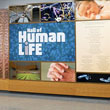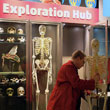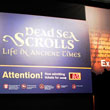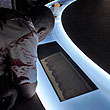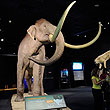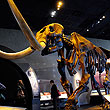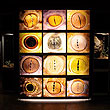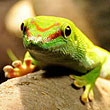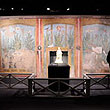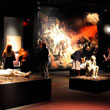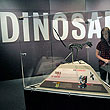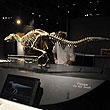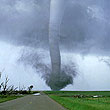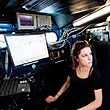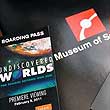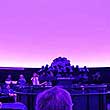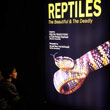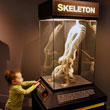Food is the one thing that everyone on this planet relates to. It cuts across time, culture, and geographic/social/political boundaries. "Food" means different things to different people, but where the food we eat comes from is often nowhere near where we eat it. The Museum of Science's latest exhibit, Our Global Kitchen: Food, Nature, Culture, explores how a complex and intricate food system brings what we eat from the fields to our dinner tables.

Developed by the American Museum of Natural History, Our Global Kitchen is all about food: how it evolved, how it is grown, how it is consumed, etc. It is a fascinating exhibit, very well put together, with lot of interactive stuff for everyone to, well, interact with. The exhibit has sections exploring our relationships with food: growing, transporting, cooking, eating, celebrating. Trends are illustrated, issues are raised, questions are posed, and possible solutions are examined.


Visitors will see how the intersection of nature, culture, health, and history all come together to influence what we eat today. For example, while cod caught today are 18 inches long or smaller, 6-foot cod used to be common back in the late 1800s. The various reasons for this are explored and steps forward examined. Topics such as efficiency and waste are also discussed. The "waste sculpture" makes physical and brings to focus the amount of food a U.S. family of four wastes every year (1,656 pounds). What we do to reduce the amount will impact us personally as well as globally.
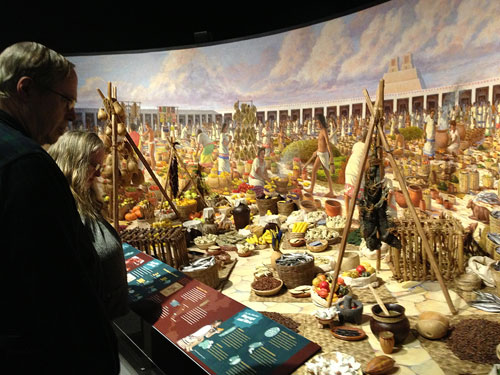
The exhibit looks back as well as forward. Highlights of the exhibition include a life-sized diorama of a 16th-century bustling Aztec food market, set in the capital city of the Aztec Empire, in what's today Mexico. The market featured domesticated turkeys for sale, among many other foods—including chocolate—from all over the empire.
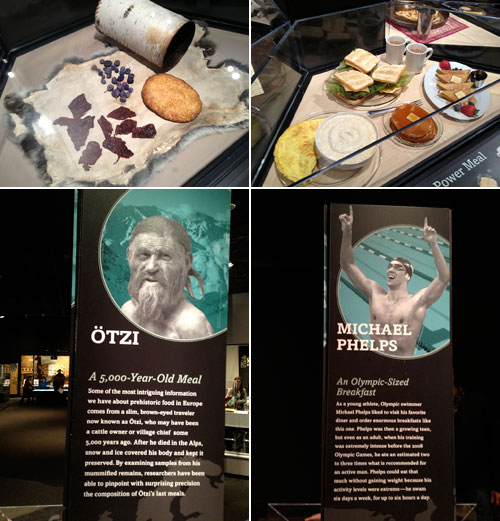
The food we eat is not the only thing which has changed over time. The amount we consume has also changed. At one of the stations, visitors can examine both the type and the amount of food eaten by a man 5,000 years ago. Think you eat a lot? Check out what Michael Phelps eats just for breakfast!
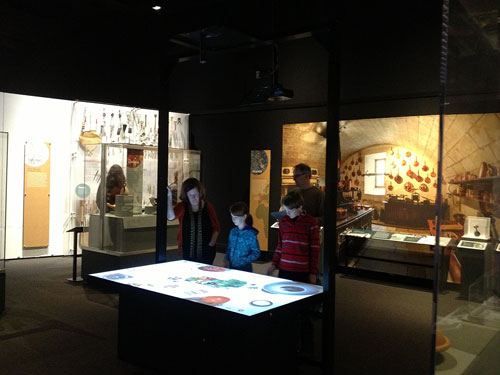
Of all of the exhibits, the installation which stood out to us was a "cooking demo" table. The table is interactive. You walk up to it, make your selection, and it will show you how to cook something from the point of view of the cook; a very cool approach to cookery instruction. We wonder how long it will be before flat surfaces like induction cooktops have interactive screen overlays...
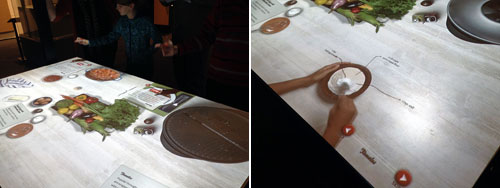
The unfortunate reality about food is that, while the world has so much of it, many still go hungry. The issue will exacerbate as the world's population continues to grow. Some may say that the world has a certain carrying capacity and nature will regulate accordingly. This is certainly true. However, we feel that since we humans have evolved the ability to understand the forces regulating our potential fate, we have the abiliity and priviledge to influence our own future. IF we choose, we may be able to sidestep the harsh but effective laws of nature, and decide for ourselves how we move forward as a species. Nature doesn't care, but perhaps we should. [Permalink] -MOS: Our Global Kitchen
|

